오스트리아군의 Kampfpanzer LEOPARD 2A4 주력전차
비겐 | 2005-05-18 23:34:20
조회 3984 | 추천 0 | 다운로드 36
Leopard 2
The result was the dramatically better protected Leopard 2 design, which included a much larger and blockier looking turret as a result of using the layered Chobham armor and a large internal ammunition storage locker in the rear. The most noticable difference in the hull was a longer "nose" for the larger armor, and the flattening-off of the formerly angled upper edges where the sides met the top of the hull.
Several test articles were produced, and in 1976 the US indicated its interest in the design as well. In responce several more test turrets were produced to US standards, one mounting the original L7A3 105mm gun and a Hughes fire control system, a second with the same fire control system but able to "swap out" the gun for the 120mm Rhinemetall design, and two more mounting the Hughes-Krupp Atlas Elektronik EMES 13 fire control system, one with the L7 and another with the 120mm gun.
The prototypes arrived in the US by the end of August 1976, and comparative tests between the Leopard 2 and the XM1 (the original name for the M1 Abrams) prototypes were done at Aberdeen Proving Grounds, lasting until December. The US Army reported that the Leopard 2 and the XM1 were comparable in firepower and mobility, but the XM1 was superior in armor protection. After the comparative test the Leopard 2 prototypes were returned to Germany for further evaluation tests.
In September 1977 the German Ministry of Defense decided to go ahead with plans for production of 1,800 Leopard 2's, to be delivered in five batches. Krauss-Maffei was again chosen as the main contractor, but this time Maschinenbau Kiel (MaK), of Kiel, Germany would be a major (45%) subcontractor. Deliveries started in 1979, and by 1982 the first batch of 280 Leopard 2's was completed. The first 200 of these mounted an image intensifier, the last 80 with a new thermal night-sight system, and this was later retrofitted to the earlier models.
Leopard 2A1
A number of minor modifications was worked into the second batch of 450 vehicles. Deliveries of the 2A1 models started in March 1982 and ended in November 1983. The two most notable changes were the modification of the ammunition racks to be identical to those in the M1 Abrams, and redesigned fuel filters that reduced refueling time.
A second batch of 300 2A1's of the third batch were built between November 1983 and November 1984, which included more minor changes that were later retrofitted to the earlier 2A1's.
Leopard 2A3
The next batch of 300 vehicles was delivered between December 1984 and December 1985. The main change was the addition of the SEM80/90 digital radio sets (also being fitted to the Leopard 1 at the same time), and the ammunition reloading hatches being welded shut. Even with these minor changes the new batch was known as the 2A3.
Leopard 2A4
Another 370 vehicles were delivered between December 1985 and March 1987. These 2A4 models included more substantial changes, including an automated fire and explosion suppression system, an all-digital fire control system able to handle new ammunition types, and improved armor on the turret.
Although only five batches were originally ordered, another batch of 150 was ordered in 1987. These included new batteries and tracks, and moved the warning light so it could be better observed by the driver when he was driving "head out". Yet another batch of 100 was delivered between May 1989 and April 1990, idential to the sixth. A smaller batch of 75 were delivered until 1992.
Leopard 2A5
Production History
The Leopard 1 was first produced in 1963 and is used by Belgium, Denmark, Germany, Greece, Italy, Canada, the Netherlands, Norway, Turkey and Australia.
The Leopard 2 was first produced in 1979 and is used by Austria, Denmark, Germany, the Netherlands, Norway, Switzerland, Sweden and Spain. Finland and Poland have purchased used German Leopard 2's and Greece has recently purchased Leopard 2A6's.
Configurations
The Leopard 2 is found in different configurations:
Leopard 2A6
120mm L55 smoothbore Gun by Rheinmetall GmbH
Leopard 2A5
120mm L44 smoothbore Gun by Rheinmetall GmbH
Leopard 2(S) (aka Strv 122) used by the Swedish Army
Based on the 2A5
Has upgraded Command and Control systems and a new passive armour.
Can be distinguished from the 2A4 / Strv 121 by its wedge-shaped turret armor.
Leopard 2A4
aka Strv 121 used by the Swedish Army
Has flat turret armor.
Pz87 used by Switzerland
Indigenous machineguns and communications.
Improved NBC protection.
Pionierpanzer 1
Basic combat engineering vehicle used by Germany


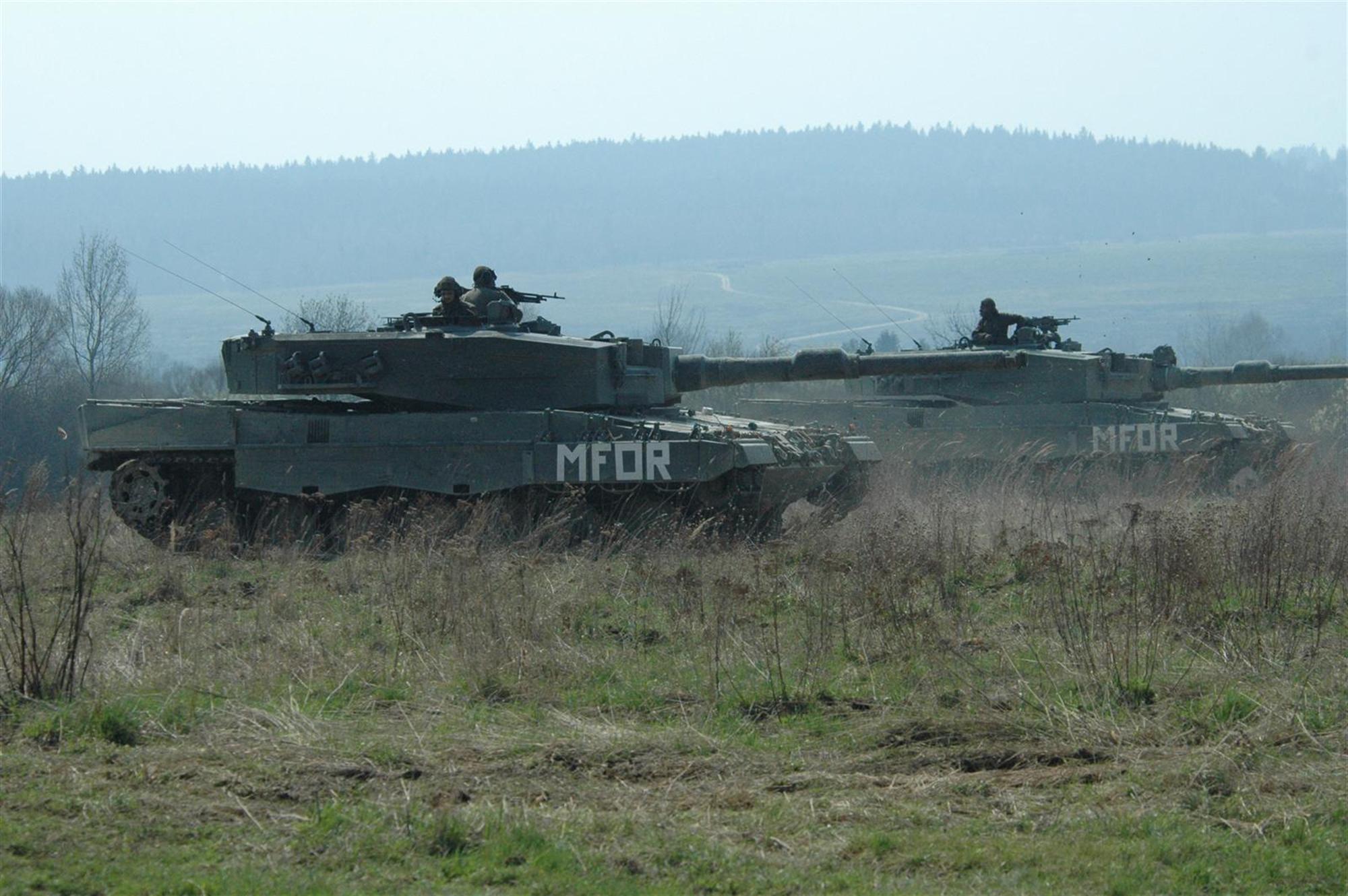
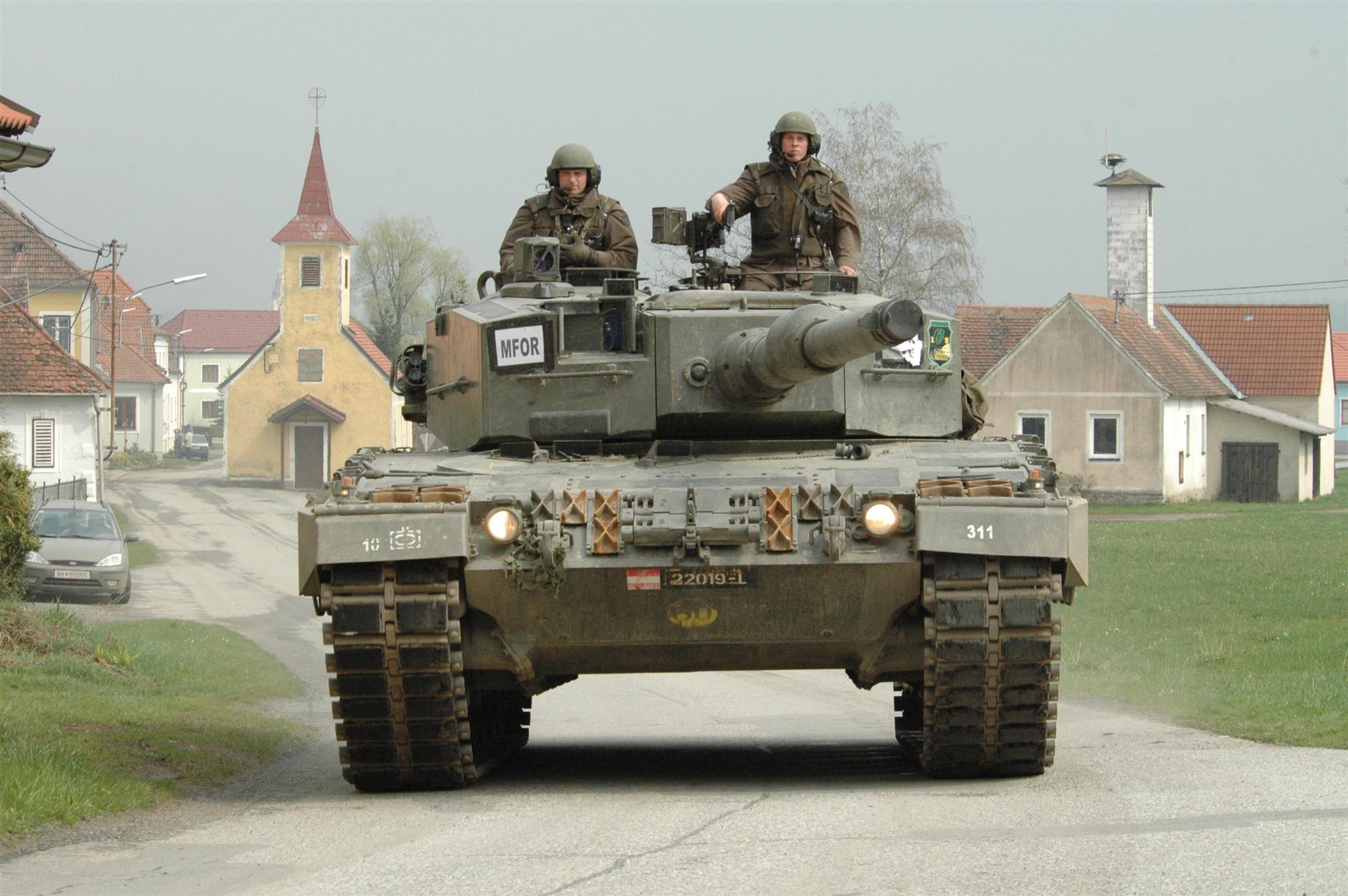
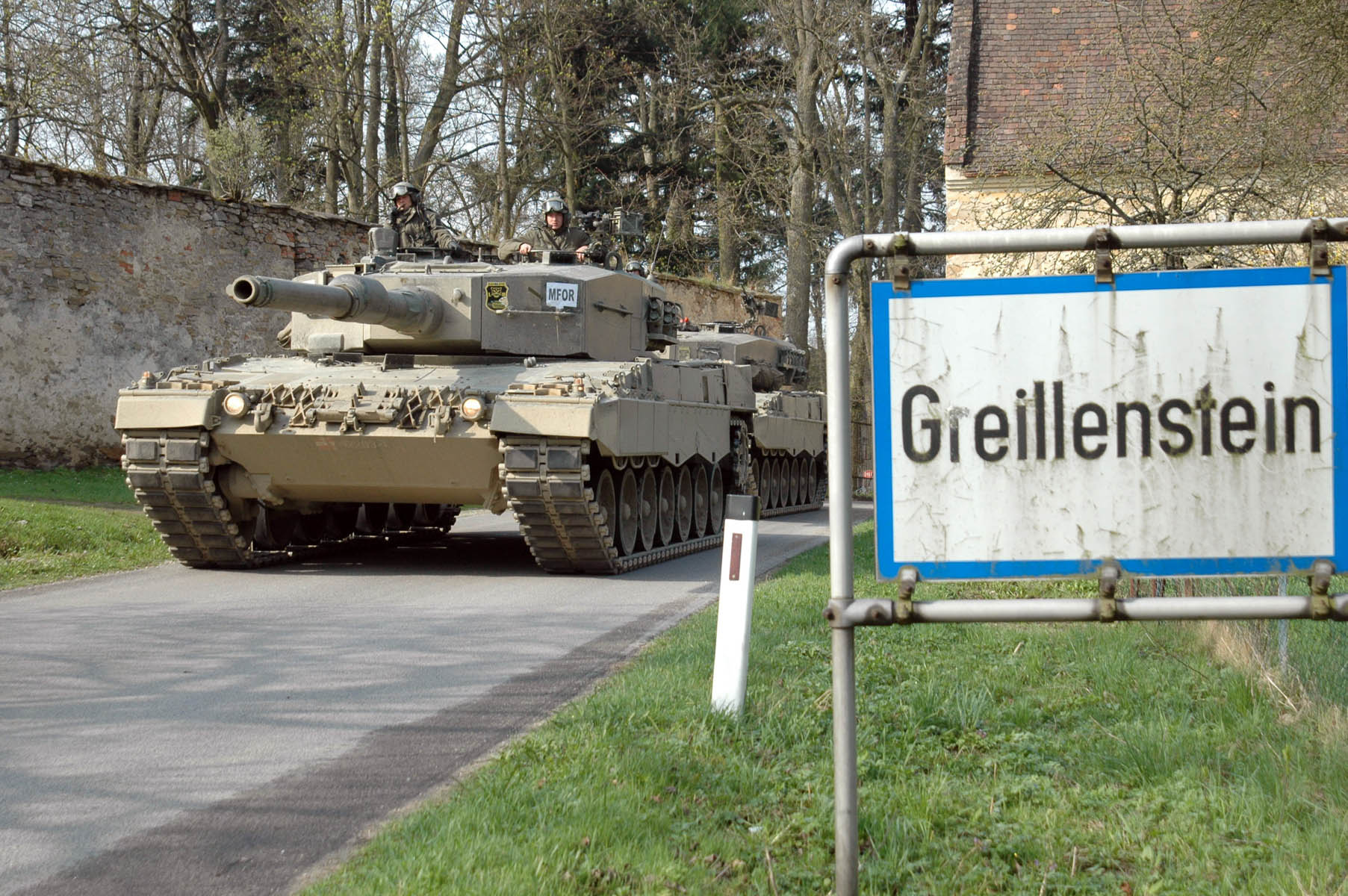
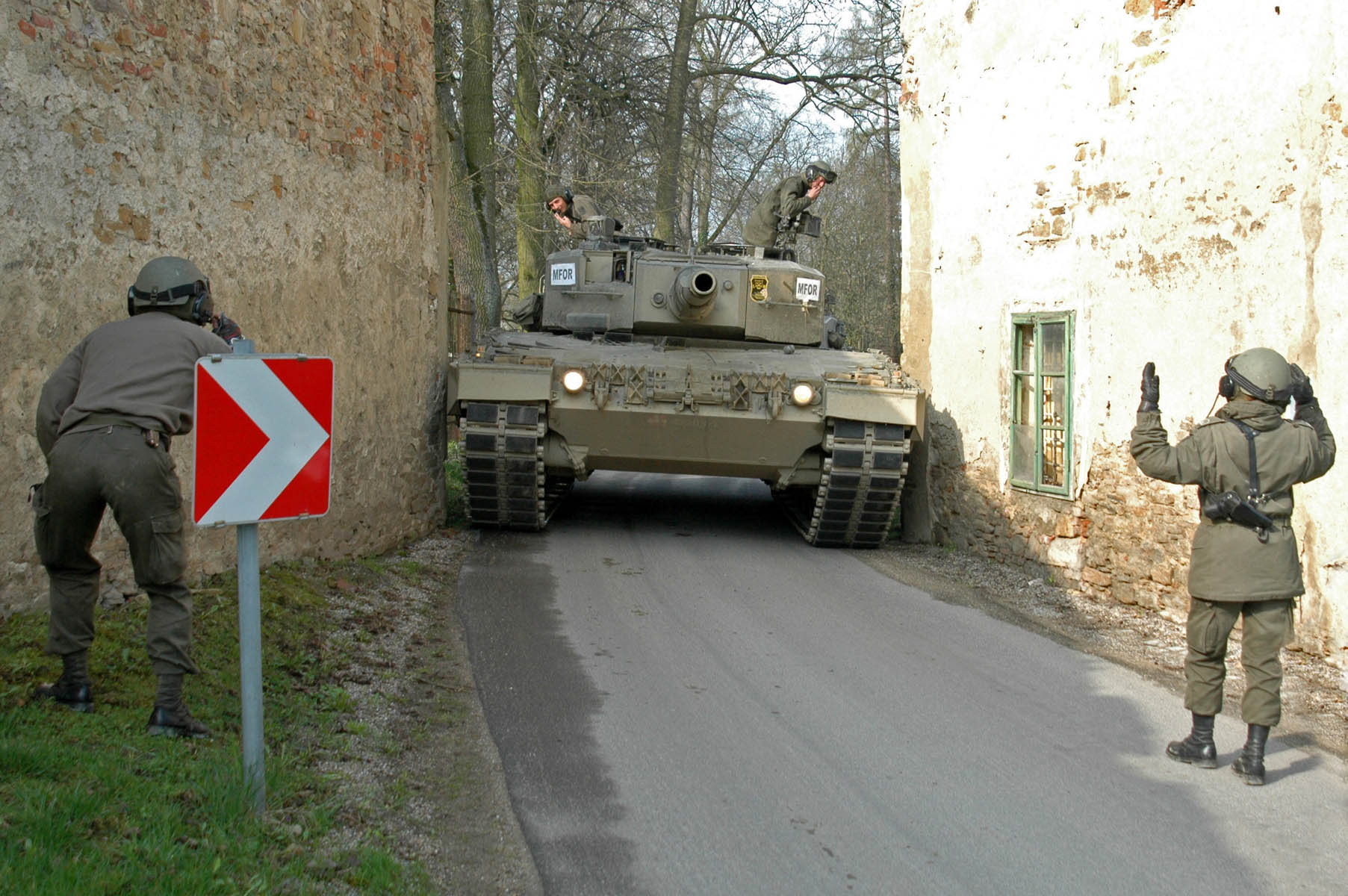
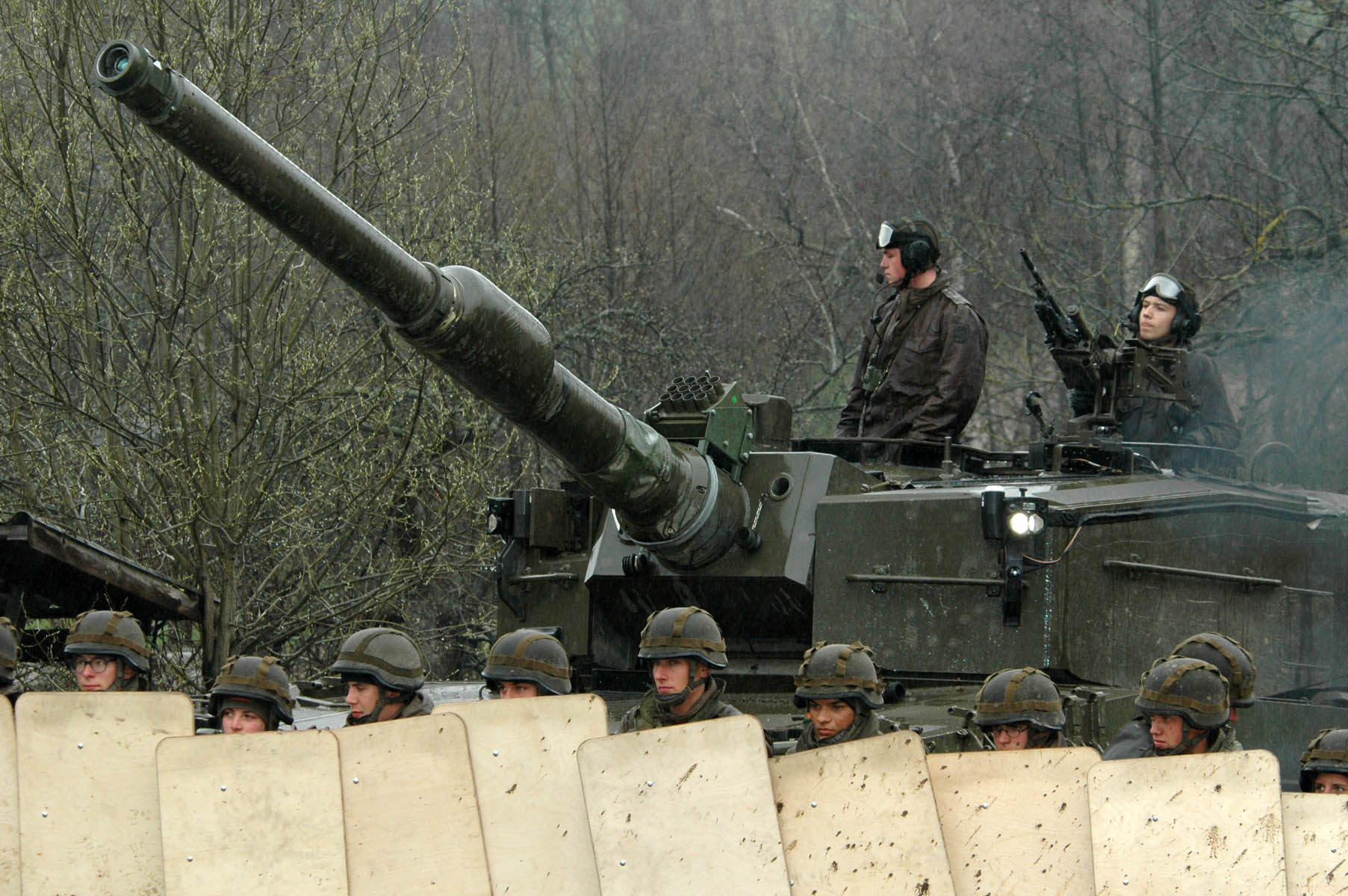




댓글 [0]